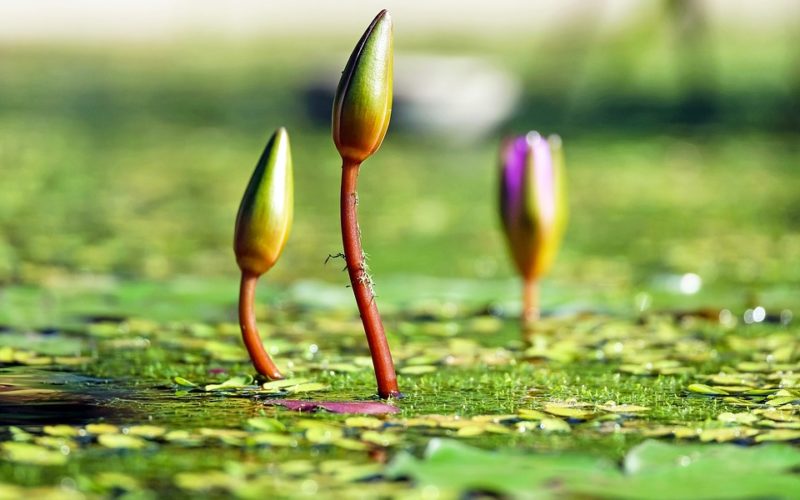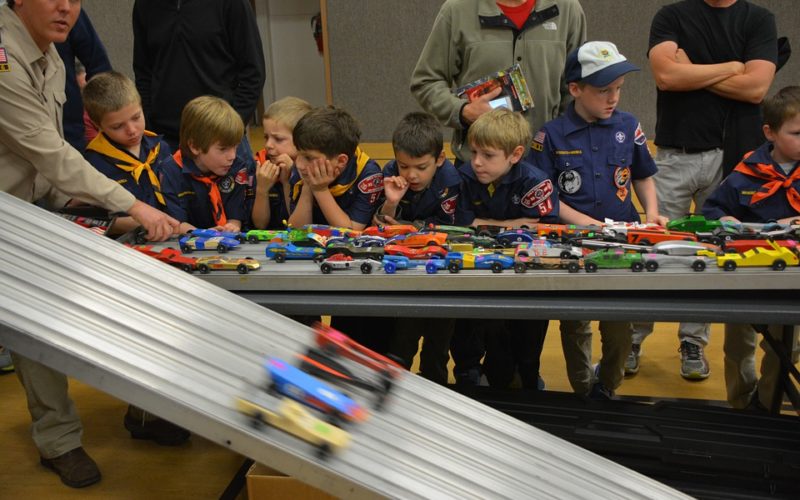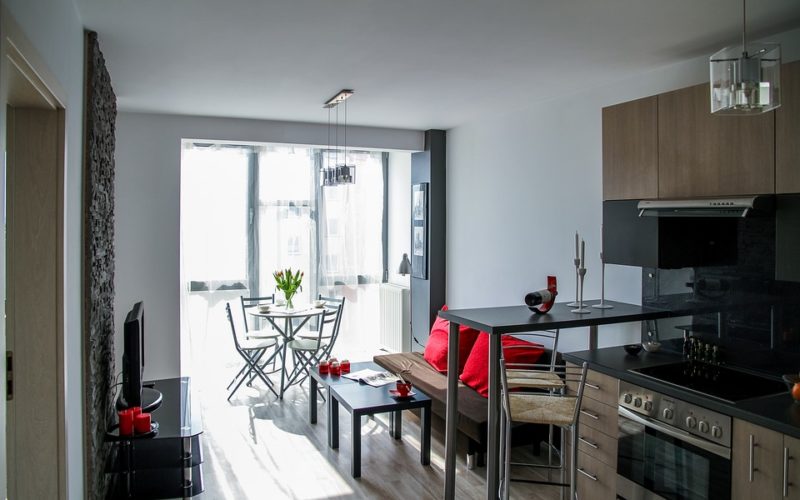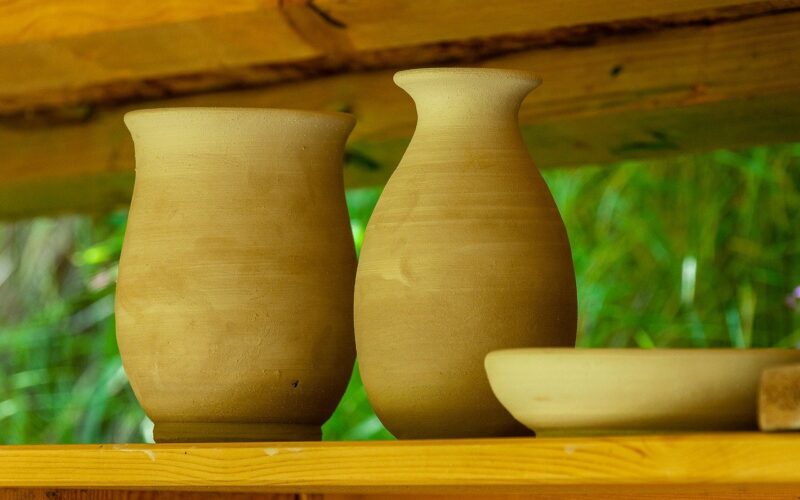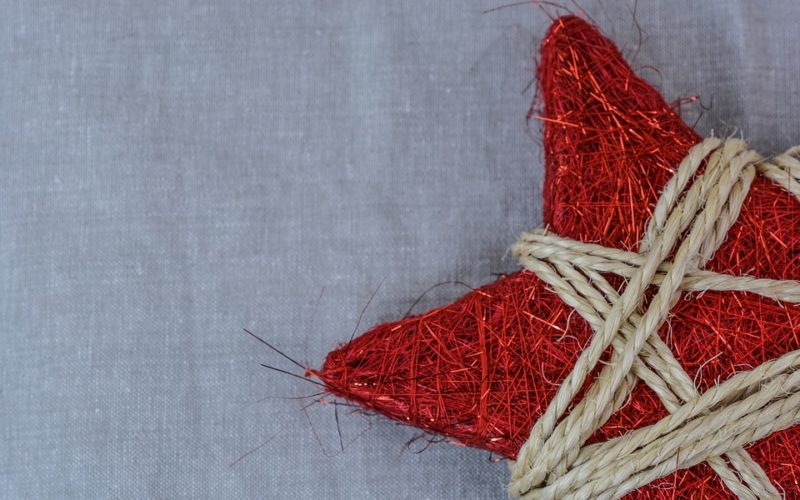Building an Artificial Habitat
As the world’s population continues to expand, wild creatures have found their habitats being destroyed wholesale. Some species have become extinct due to a viable lack of living space, and others have adapted to the new conditions. While most wild animals will refuse to have anything to do with people, some of them have become shameless beggars for food and shelter. One way to keep animals from losing their ability to remain wild is to build artificial habitats for them, and it is being done in many areas where there is a concern for the environment.
The Planning Phase
Natural habitats are places that just happened, but creating an artificial habitat requires a great deal of planning. The nature of the place is the first item to be established, and those building it must decide what the population goal will be when it is complete. Most habitats are built for small creatures, and they will contain birds, insects and mammals that were in the area before development took place. It is important that each facet of their needs is accounted for, so the design must be one that will accommodate them as a species. It takes a lot of knowledge to understand what a group of species needs, and that is why environmentalists as well as animal scientists are often part of the design group.
Setting the Groundwork
When any habitat is built, it must have a strong foundation that will give good support, and an artificial habitat needs this strength. Animals will not do maintenance, so each component must be able to survive without constant interference by humans. Building a small pound that will filter the water naturally is a necessity for water species, and using a good base of silica sand that has been provided by Minerals Marketing is important to create a feature that will work well within the habitat. The filtering properties of the sand will keep the water fresh, and the animals will benefit from the lack of maintenance needed. Recycled glass media can be used to aid drainage if required.
Populating the Area
While most artificial habitats tend to wait for the local wildlife to discover them, some species are added that need immediate shelter once it is finished. Stocking is the term used for placing animals in a habitable area where they can flourish, and specialists are often contracted to provide the means to transport them. Their work is to identify the best specimens that will survive the transportation and adjustment to the new environment, and their work is often part of a drive to keep a species viable.
Building an artificial habitat might seem nearly impossible, but it is being done more often as the need for human habitations grows. Keeping even a small space for nature has become part of the growing concern for saving the environment, and it is also a bonus for those who live in the area. They have the chance to enjoy nature in its own setting, and it also is designed to keep the animals from becoming pests that will take over their new neighbourhood and homes.
